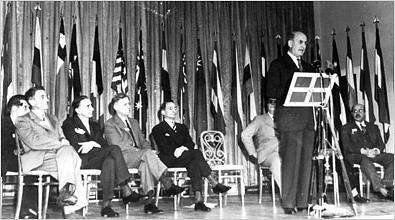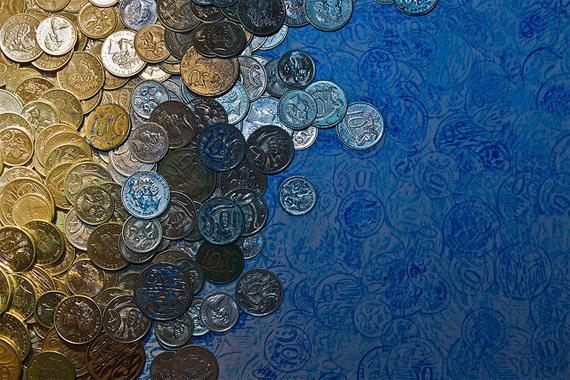A certain circle of specialists knows that long before the Bretton Woods system arose, there was a time of the gold standard on our planet when the pound could be freely exchanged for gold. Britain in those days was a strong world power, so it could afford such operations. However, everything changed in 1914, when during the 1st World War the US currency entered the financial arena, which spread in North and Latin America.

In 1922, an attempt was made to create a reserve currency and a gold standard based on the pre-war model. In 1925, England introduced the gold standard for the pound, secured by gold and reserve currency (US dollars). However, in 1929, a stock market crash occurred in America, and in 1931 a panic broke out in the London financial market, which finally assigned the pound a secondary role after the dollar. In 1931, 1933, the gold standards were abolished in Great Britain and the USA, i.e. exchange rates became floating, which served as the basis for future forex systems. Attempts to create a gold convertibility of currencies by European countries failed (1936, the collapse of the "Golden Block", which included a number of countries, including France, Holland, etc.).
By the end of the forties of the 20th century, due to the financial crises of the 1930s and World War II, the world needed a radical renewal of the financial system. And in this regard, in 1944 the Bretton Woods Conference was convened, at which it was decided to peg the currencies of 44 countries to the dollar, and the dollar to gold at the rate of $ 35 per troy ounce (31.1034 grams). After World War II, the United States concentrated the predominant share of world gold reserves, which gave this country grounds for world leadership. In December 1944, the Bretton Woods system began its work.

At the 1944 conference, a provision was adopted on the creation of two organizations that will carry out supervisory functions and provide funds to countries participating in the agreement to stabilize the national currency. These were the International Monetary Fund, as well as the International Bank for Reconstruction and Development. The Bretton Woods system assumed that gold remains the final means in international settlements, that national currencies are freely traded, that national currencies have solid dollar rates, and central banks maintain this rate (+ - 1 percent).

However, by the mid-70s, gold reserves were redistributed to other financial centers (European, Asian), and in this way Triffin’s theorem that the currency issue should be compared with the gold reserve of the country that produced it was violated. The Bretton Woods system began to lose its relevance, which was intensified by speculative operations, the instability of the currency balances of the participating countries, and the currency crisis of 1967. This creates the prerequisites for changing the existing
world monetary system, which the United States has supported for many years by force of arms, because they have not had a gold reserve equivalent to issuing dollars for many years.